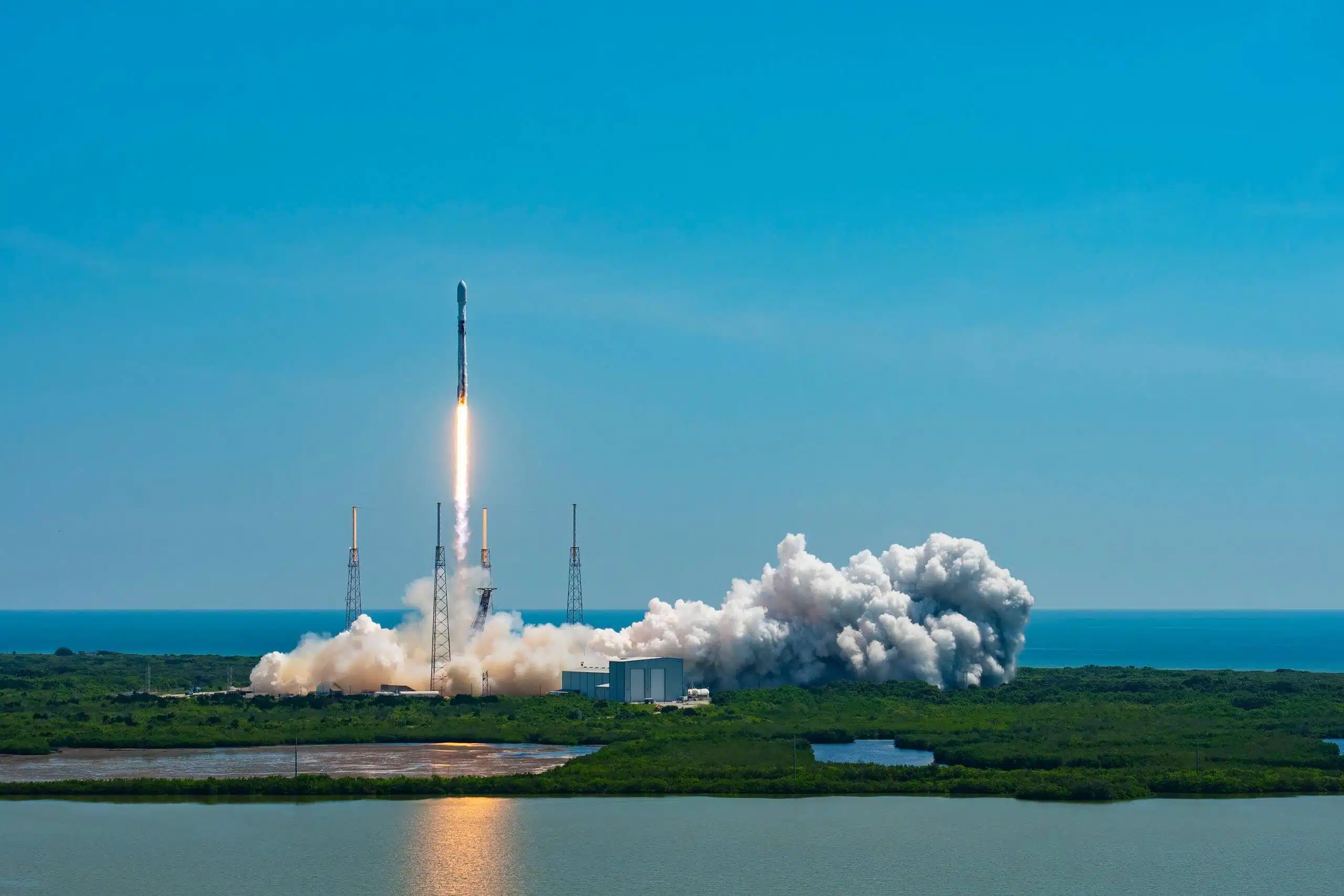The "Dark Universe" space telescope Euclid is launched on a mission to reveal the deepest mysteries of the cosmos

Euclid will test visible light and AI from distant galaxies using two scientific instruments inside it. These instruments will measure the exact location and shape of galaxies in visible light, and their redshift (from which their distance can be derived) in AA light. With this data the scientists can build a three-dimensional map of the distribution of galaxies and dark matter in the universe. The map will show how a large structure has evolved over time, tracing the role of dark energy.
The Visible Light Instrument (VIS) takes very sharp pictures of galaxies over a much larger part of the sky than is possible from the ground. These observations will be used to measure the shape of more than a billion galaxies. As the name suggests, the device collects visible light. It is sensitive to wavelengths from green (500 nm) to near infrared (900 nm).
The Nearest AA Spectrometer and Photometer (NISP) is designed to perform spectroscopic measurements of galaxies, which include determining how much light they emit along a wavelength. This is useful for measuring their redshift, which can be used to measure the distance of each galaxy. NISP's field of view is the largest of any AA instrument ever flown into space. The device measures near AA light (900-2000 nm). Both devices are fed by a reflecting telescope with a diameter of 1.2 meters.
Euclid will observe billions of galaxies up to 10 billion light years away to create the largest and most accurate XNUMXD map of the universe, with the third dimension representing time itself. This precise map of the shape, location and motion of galaxies will reveal how matter is distributed over vast distances and how the expansion of the universe has evolved over cosmic history, allowing astronomers to infer the properties of dark matter and dark energy. This will help theorists improve our understanding of the role of gravity and precisely identify the nature of these enigmatic entities.
In the next four weeks, Euclid will move towards the Sun-Earth Lagrange Point 2, an equilibrium point of the Sun-Earth system located 1.5 million km from Earth (about four times the distance from Earth to the Moon). There Euclid will maneuver into orbit around this point and the mission controllers will begin activities to verify all the functions of the spacecraft, test the telescope and finally activate the scientific instruments.
The scientists and engineers will then engage for two months in an intensive phase of testing and calibrating Euclid's scientific instruments and preparing for routine observations. For six years, Euclid will survey a third of the sky with unprecedented precision and sensitivity.
As the mission progresses, the Euclid data trove will be published at an annual rate and will be accessible to the global scientific community through the ESA's European Space Astronomy Center Science Archive.
More of the topic in Hayadan:
